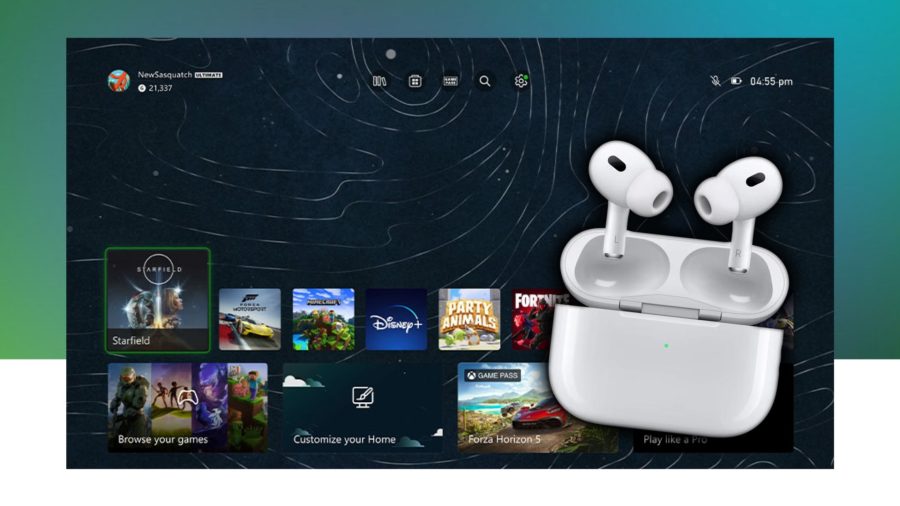TinyChat, the popular Twitter-centric video chatroom solution, just launched a P2P-enabled version of its service. While the regular TinyChat routes its videos through the company’s servers, the P2P version uses the Real Time Media Flow Protocol that Adobe builds into the Flash platform and Flash Player 10. As these video streams require a lot of bandwidth, this current version is limited to two active participants per room. For now, this version is more of a demo than a full-blown product, though the company plans to roll it into the regular TinyChat experience in the next few months.

Adobe introduced this P2P technology, the Real Time Media Flow Protocol, last December, but developers haven’t really latched on to it yet as enabling this technology is rather involved.
Flash-based P2P Video
For TinyChat, the ability to route these videos around its servers means reduced bandwidth costs. Once this feature becomes part of the default TinyChat setup, only calls with more than 2 participants will have to go through the company’s servers and as TinyChat’s founder Dan Blake told us earlier today, the experience of switching between the P2P chat and the server-based version should be completely seamless.

Unlike other P2P solutions, TinyChat is able to leverage a plugin that virtually all users already have on their machines and users don’t have to download another plugin. All a user needs is a webcam and a microphone. Currently, when you are chatting on the P2P server, your privacy is also protected, as the service simply won’t allow a third user to listen in or join the call.





















